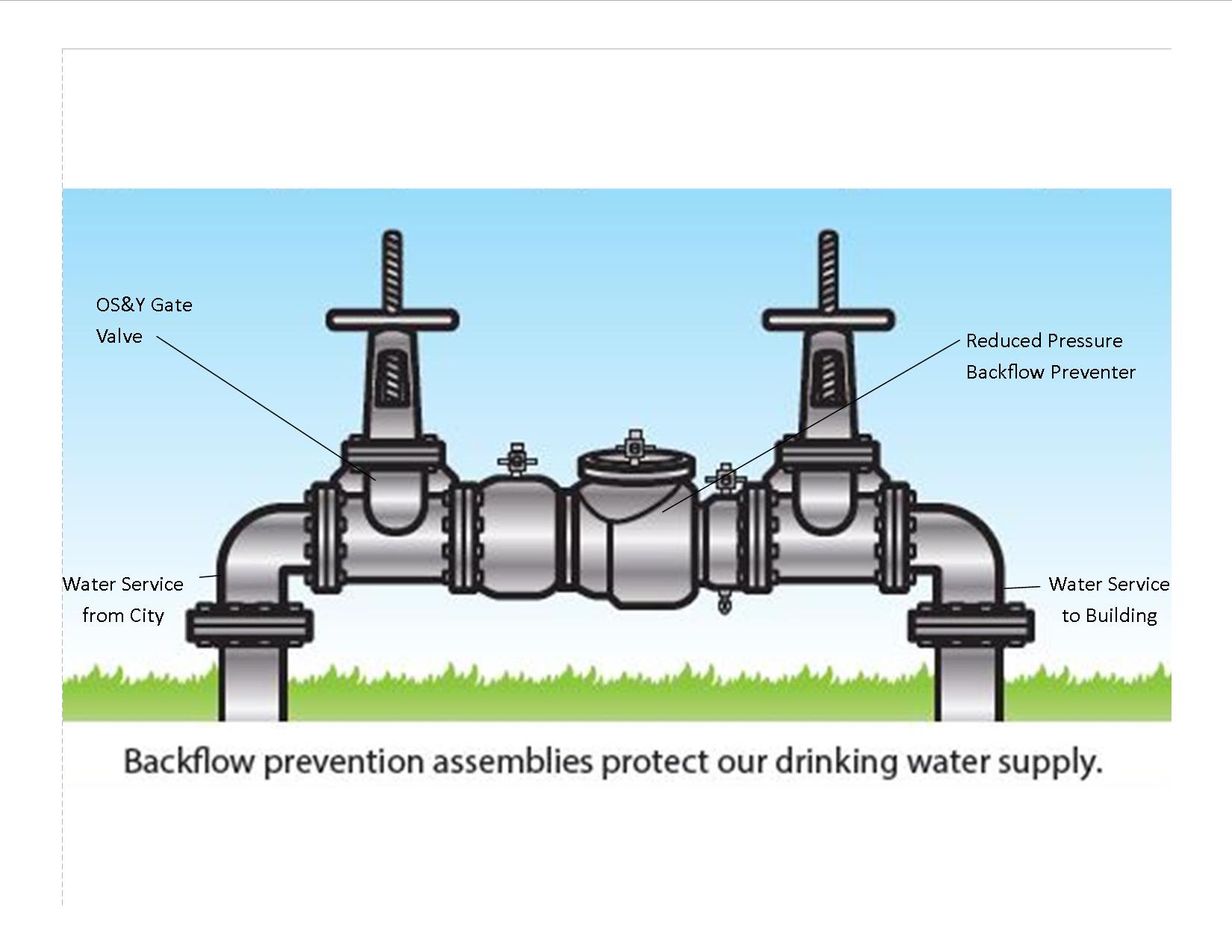Have you ever taken notice that words, through repeated improper usage, eventually become the norm? And nobody questions it anymore as it becomes a part of our daily lexicon. When I travel, I take notice to what people call certain things. Take for example, the carbonated soft drink. Throughout the South, where I live, we just call it “Coke”, does not matter the brand, if it is a Pepsi, Sprite or Dr Pepper, they are all considered “Coke”. Out West, the same drink is called a “soda” and throughout the Midwest, the same drink is referred to as “pop”. However, what happens when two entirely different things become so intertwined and the names become interchangeable? Usually the result is confusion. So, let’s clear it up, shall we?
In the cross-connection industry, two words have become so interchangeable, we often forget they are indeed two different items – assembly and device. So, what is an assembly and what is a device? How do we tell them apart? The answer is rather simple.
An assembly is an entire backflow prevention unit. It includes the inlet and outlet shutoffs, as well as test cocks for inspection. Assemblies are field approved through stringent field and lab evaluation guidelines by University of Southern California Foundation for Cross-Connection Control and Hydraulic Research (USC). Assemblies also have standardized test procedures issued either by USC or the American Society of Safety Engineers (ASSE). They have unique serial numbers and are required to be inventoried, tested and maintained by local or state cross-connection control jurisdiction rules. Examples of assemblies are the Reduced Pressure Principle Assembly (RP), Pressure Vacuum Breaker (PVB), Spill-Resistant Vacuum Breaker (SVB) and Double Check Assembly (DC).
A device is a mechanism utilized for backflow prevention. It does not have built in inlet or outlet shutoff valves and until recently, it did not have test cocks, because there are no standardized test procedures. In addition, they are not USC “approved”, however, they do hold ASSE manufacturing approval. Some examples of devices include the single check, dual checks and hose bibb vacuum breakers.
There you have it. A very simple and easy distinction. Next time you are talking shop, remember to say what you mean and mean what you say.
Check out the University of Southern California Foundation for Cross-Connection Control and Hydraulic Research and the American Society of Safety Engineers website for more information below:
Photo Credit: http://www.leaguecity.com/index.aspx?NID=2506



